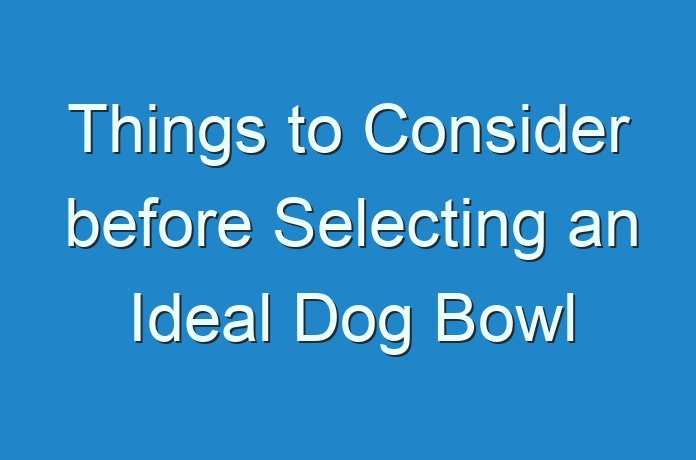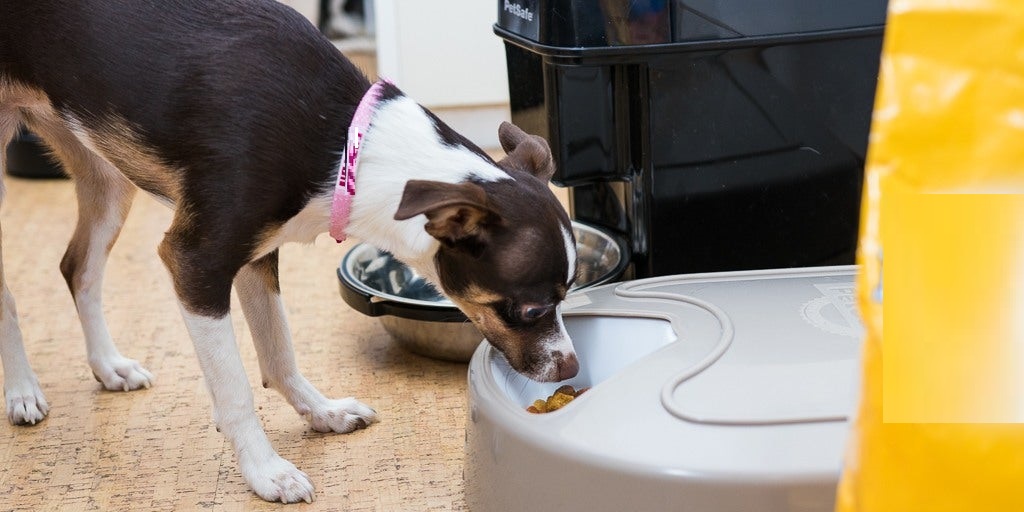
An overview
A vast range of dog food bowls design that you can choose based on preferences, taste, and suitability exists. Most people prefer keeping dogs as pets in their homes hence developing a mutual relationship from taking care of them. Every dog owner needs to attend to their pet’s needs that include feeding, clothing, and housing amongst others that ensure it remains in good health. Dog bowls differ depending on the height, material, shape, weight, durability, hygiene, and firmness. A dog owner should research the different breeds and sizes to ease the selection process of the best dog bowl to ease feeding and drinking.
Choosing between Regular or Raised Dog Bowl
Most people find it challenging to choose between purchasing a regular or a raised dog bowl that suits their pets` needs. Ordinary dog bowls lie flat on the floor and are best suited for small-sized dogs. They are cheaper, and their frequent and regular use is easy to access in the market. Elevated or raised dog food bowls lift off the ground at a particular height determined by your dog height. They consist of stands, additional features for adjustment and come in different designs that make them expensive.
Factors to put into consideration
Eating Schedule – Dog owners who work from 9 to 5 will find it difficult to feed their pets on a regular schedule. Dogs require sufficient feeding and hydration to ensure they maintain a daily calorie intake. Such owners should purchase an automated feeder and water bowl that manually set to feed the dog at desired regular intervals. These automated water bowls and feeders will enable your dog to eat and drink from the containers` bowl.

The size of your dog – The main general four types of dog sizes include small, medium, large and extra-large. Each dog size varies in food intake per meal since small bread dog consumes less food than the larger ones. It implies that their bowl size will also differ from small to large feeding bowls. Large dog sizes are suited for elevated bowls such as double-diner dog bowls that will ease their feeding without straining their neck. On the other hand, small dogs will require regular bowls because their height is not fit for raised ones.
Your Dogs` Eating Habit – Different dogs have different eating habits which depend on their anatomy. Some dogs feed slowly, fast and others mess around putting the area in a mess. Large-sized dogs that always push their dish with their paws while feeding will require weighted dog bowls that does not tip over or slide around the floor. Deep bowls are suited for dogs with long narrow noses, and those with shorter faces suits for shallow bowls.
The material – Most food bowls are available in ceramic, stainless steel, or plastic. Plastic dog food bowls are relatively cheaper and are a health hazard to your dog because they contain harmful chemicals. Ceramic bowls are heavy compared to the others, and stainless steel is the best because they are durable and easy to maintain.





